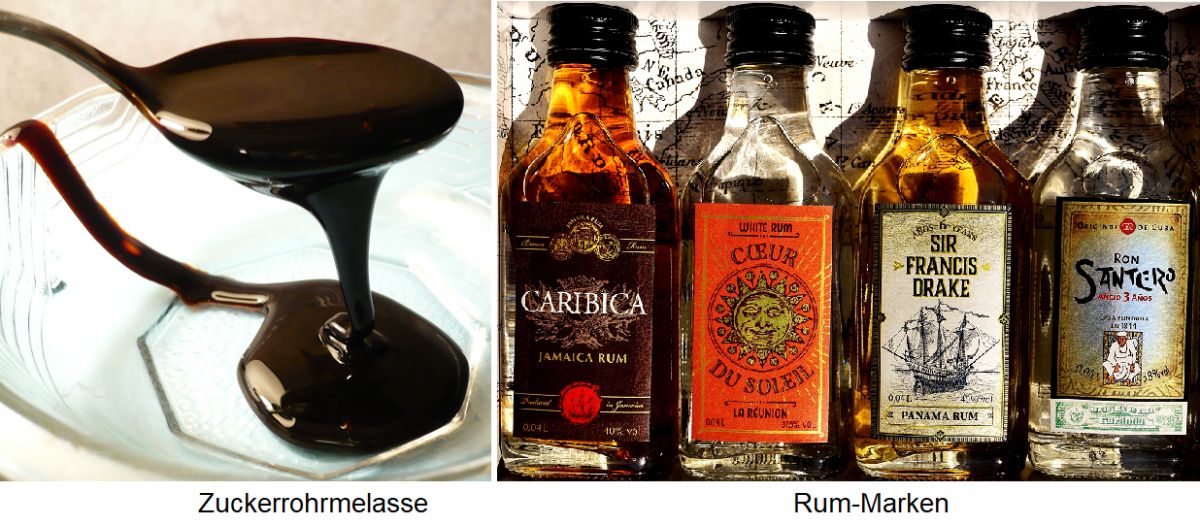The name for this spirit is derived from the English "rumbullion" (riot, tumult) and probably refers to excessive consumption of it. It is made from molasses from sugar cane, more rarely from fresh sugar cane juice. The so-called Inländerrum is distilled from sugar beet molasses. The alcohol content is 37.5% vol.; a high-proof rum with 57.15% vol. is called "overproof rum". Where exactly the first rum was produced is unknown, the most likely origin is the former British colony of Barbados. However, Hispaniola (Haiti and Dominican Republic), Cuba and Brazil are also mentioned. In any case, it originated as a waste product of sugar cane cultivation. One of the largest producers is the beverage multinational Bacardi-Martini Limited. Rum is an extremely popular ingredient in many cocktails, as well as other alcoholic mixed drinks such as Feuerzangenbowle, mulled wine and grog.
Voices of our members

wein.plus is a handy, efficient guide to a quick overview of the colourful world of wines, winegrowers and grape varieties. In Wine lexicon, the most comprehensive of its kind in the world, you will find around 26,000 keywords on the subject of grape varieties, wineries, wine-growing regions and much more.
Roman Horvath MW
Domäne Wachau (Wachau)
